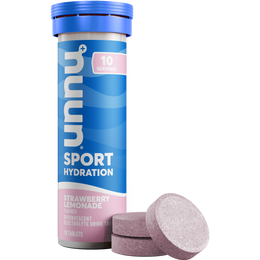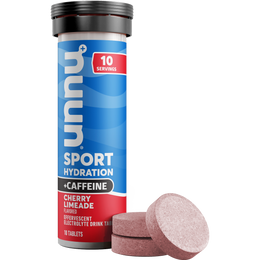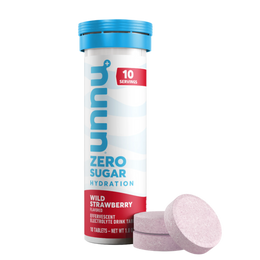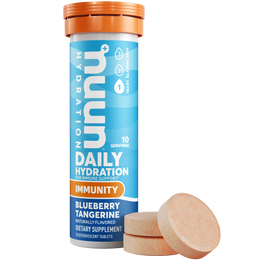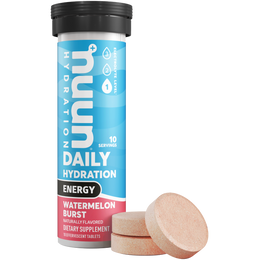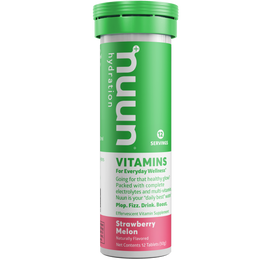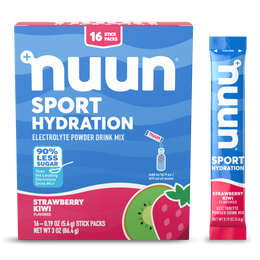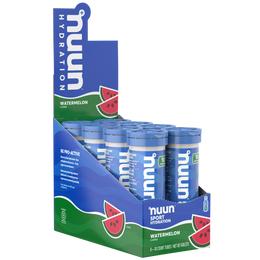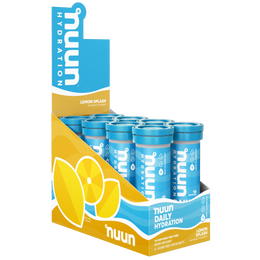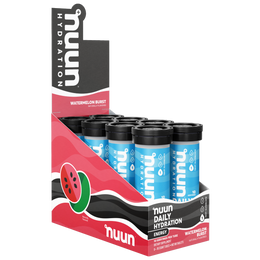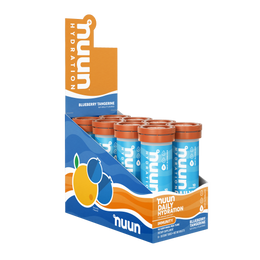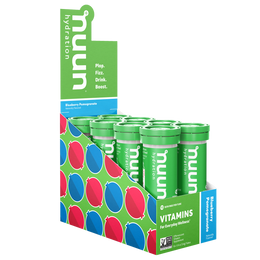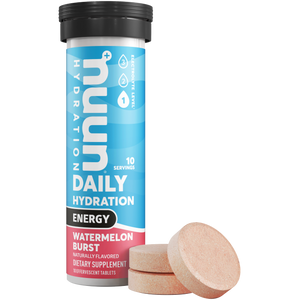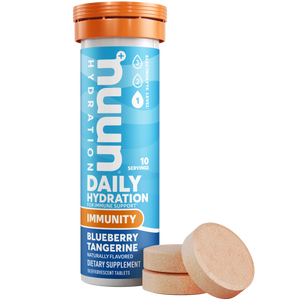By Matt Wilpers, endurance coach and athlete
As a coach, when I talk to people about fitness, one of my favorite questions to ask is, “What are you training for?” One of the most common answers I receive is, “I train for life.”
People usually say this with some laughter, and I assume this is because they think I am expecting an answer like “a marathon” or “an Ironman.” However, I think that “training for life” is a great answer and completely valid.
In addition to the numerous health benefits, people that “train for life” seem to realize how great exercise makes them feel as well as perform in their personal and professional lives. Maybe at some point in the past they trained for races or events, but now they are content with just training because they simply enjoy the process and have made it part of their everyday lives. What’s not to love?
While I like this answer, it’s easy to fall into the routine of doing the same workouts over and over again. This happens because “training for life” usually means we do what we feel like and “what we feel like” is often the same because it’s the easiest decision.
The problem with doing the same is that eventually our bodies get used to it and then we no longer see the same progress or results. This means we either plateau or fall into the trap of trying to work harder and harder each session to get some kind of stimulus back.
A solution to this pitfall that still allows you to “train for life” is to maintain a goal-oriented approach to your training. This doesn’t mean that you must have a big goal like “climbing Mt. Kilimanjaro.” Instead, cater the goals to where you are at in life and stay within your limits of time and energy. For example, if life is really stressful and busy, set short term goals that are easy to achieve within the current amount of time and energy you have to train.
Maintaining a goal-oriented approach to your training is a great way to avoid plateaus while keeping your fitness routine fresh, fun, engaging, and purposeful. It can be as simple as working on your cycling for 6 weeks by swapping out one of your runs with a ride. Or taking 4 weeks and working on improving your short-distance speed by changing up one of your run workouts.
The number of goal-oriented approaches one can take towards their training are endless. By doing so, you can take “training for life” to a whole new level and continue to see great progress.
